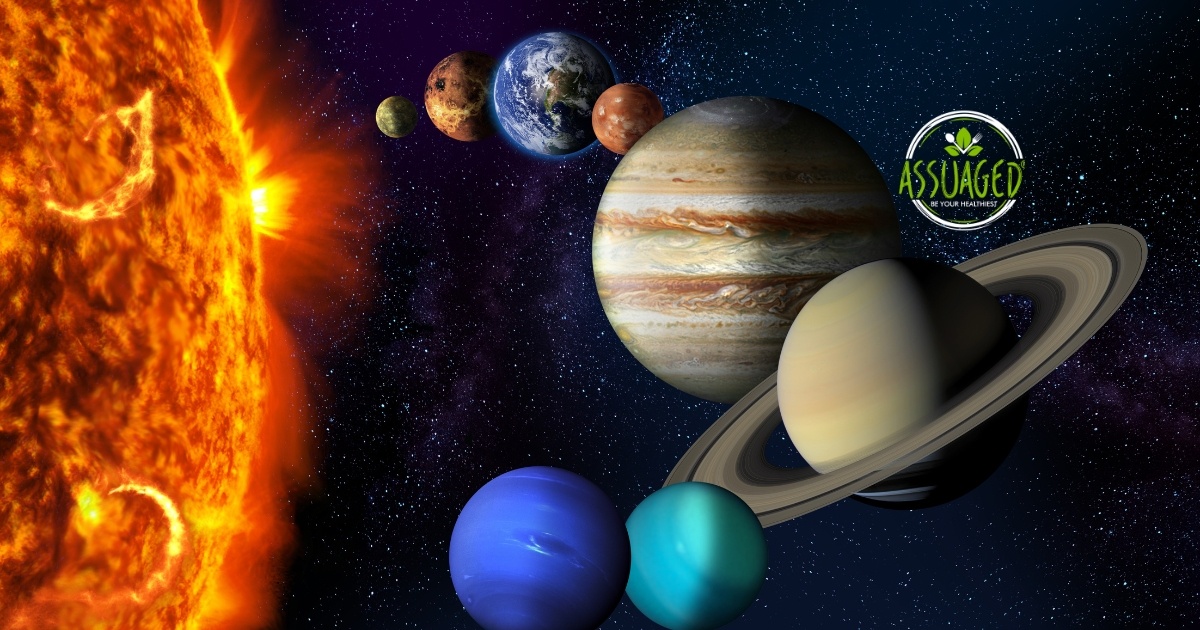What Are Solar Flares? The release of magnetic energy stored in the sun's atmosphere is the primary source of solar flares, which are abrupt and powerful bursts of radiation from the sun's surface. These intense occurrences can disturb Earth's ionosphere, causing electromagnetic interference that interferes with GPS, electrical grids, and satellite communications. Furthermore, powerful solar flares have the potential to start geomagnetic storms, which can cause breathtaking auroras and put astronauts and high-altitude flights at risk from increased radiation exposure.
What Are Solar Flares and How Are They Classified?
Solar flares are large explosions on the Sun's surface that emit large amounts of electromagnetic radiation. They occur when magnetic energy builds up in the solar atmosphere and is suddenly released. Classified by their intensity, solar flares can disrupt Earth’s ionosphere, affecting satellite communications, GPS, and power grids, while also creating stunning auroras.
Solar flares are classified into M-class and X-class based on X-ray emissions and intensity. "M-class flares are moderate, causing radio transmission interference and radiation storms, while X-class flares can cause global radio blackouts and pose significant threats to astronauts and high-altitude travelers[1]."

What are Geomagnetic Storms and How do Solar Flares Cause Them?
Interactions between the solar wind and magnetic fields generate disruptions in the Earth's magnetosphere known as geomagnetic storms. In addition to causing disruptions to power grids, GPS systems, and satellite communications, these storms have the potential to produce amazing auroras that are visible closer to the equator than usual.
"By emitting significant volumes of electromagnetic radiation and energetic particles, solar flares trigger geomagnetic storms [2] ." These particles can cause geomagnetic storms when they impact Earth's magnetosphere.
How Do Geomagnetic Storms Cause the Northern Lights to Be Seen?
The aurora borealis, often known as the Northern Lights, are caused by geomagnetic storms that interact with Earth's magnetic field. Solar charged particles collide with atmospheric atoms, causing storms and auroras, often seen near polar regions, resulting in vibrant light displays [3] .
The Northern Lights are visible far from the poles during exceptionally powerful geomagnetic storms. This is because the auroras are visible in places like Florida and Cuba because of the increased energy and particle activity that pushes the auroras closer to the equator. "The kinds of gases in the atmosphere and the strength of the storm affect the aurora's hues and patterns [4] "
Travelers frequently consider the Northern Lights to be a must-see sight, having captivated people for ages. We can better appreciate auroras and the dynamic interplay between Earth's magnetic field and the Sun when we comprehend the relationship between geomagnetic storms and these natural light displays.

How Do Solar Flare Events Affect Us on Earth?
Through the disruption of communication and technological systems, solar flare outbursts can have a major effect on our daily lives. When satellites, GPS, and high-frequency radio communications are interfered with by electromagnetic radiation from flares, it can result in brief blackouts and problems with navigation. Solar flare-induced geomagnetic storms can also cause electrical currents to flow across power systems, which could result in widespread power outages.
Solar flares expose people to higher radiation levels, which can be hazardous to humans and the environment, especially during high-altitude flights. Rising radiation levels can destabilize the ionosphere, posing health risks to space travelers and long-haul flights, necessitating space weather forecasting and monitoring to protect infrastructure and health [5] .














